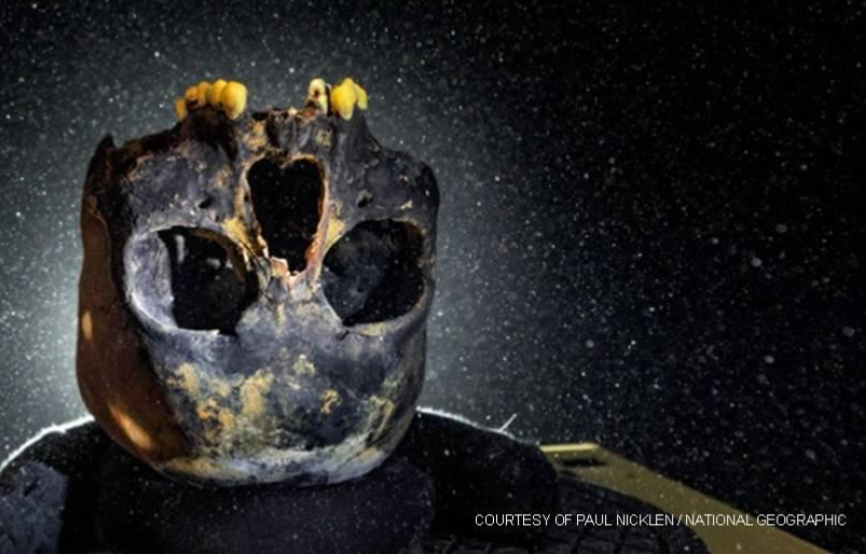Our local Channel Islands May Still Hold Answers

Los Angeles, CA – September 19, 2022 - For a researcher studying past civilizations, professional scuba training can open new horizons for first hand, physical examination of remains and artifacts. Flood waters resulting from the thaw of the last ice age now fill basins that once supported the homes of past civilizations. Caves which thousands of years ago may have provided shelter from the elements now often safely keep the remains of long dead people in watery seclusion. Pictures may be worth a thousand words, but seeing something with your own eyes is much more likely to give you the right words.
The Arlington Springs man is a set of Late Pleistocene human remains that were (along with Pygmy mammoths and a giant deer mouse) discovered in 1959 on Santa Rosa Island, one of the Channel Islands located off the coast of Southern California. Using modern techniques of bone protein analysis and radiocarbon dating indicate that Arlington Springs Man lived some 13,000 (calendar) years ago. Only one other find in North America, a child burial from the now-destroyed Anzick Site in Montana has ever been dated to this early age. Some of the significant findings that emerge from the discovery of human presence on Santa Rosa Island about 13,000 years ago and ongoing studies of the Arlington Springs Site. At the end of the Pleistocene, the sea level was a lot lower than today and what are now four islands were then all connected together in one mega-island, known to scientists as Santarosae. That island was never connected to the mainland, so Arlington Man’s presence implies use of watercraft along the coast 13,000 years ago.The Arlington Springs archeological site is protected within northern Channel Islands National Park, and in Santa Barbara County. While not an underwater site, a fascinating story about the discovery.
In the case of Naia, the 12,000+ year old remains of a teenage girl found in a cave in the Yucatan Peninsula in 2007, diving scientists were able to see the scope of the cave with their own eyes. They could see how her skeleton lay in relation to animal bones found in the same location. They saw first hand how the chamber most likely filled with brackish water and what that meant for artifact movement. Photos, while great, can never replace first hand experience when putting together the puzzle of events that occurred long ago.
The water in Naia's cave also preserved her remains far better than anyone expected. Although her bones were mineralized, Naia has proved to be the oldest skeleton found in the New World. She is also the most complete and genetically intact example of early American people found. Naia even had teeth unlike other early American remains.
Collecting her bones correctly in order to avoid contamination was vital to later testing. Scientists on the dive were able to ensure that proper protocols were maintained instead of trusting others to follow procedure. Floret mineral deposits that might have been destroyed by less knowledgeable hands backed up carbon dating of Naia's tooth enamel to find her age. The tooth enamel alone was not solidly conclusive because of potential mineralization. The secondary test of the florets added needed weight to the findings.
Mitochondrial DNA found deep within Naia's molars was also tested proving that her people had descended from the same line as later Native Americans despite differences in cranial structure. This testing gave scientists another link in the chain of proof linking early settlers who crossed the Bering land bridge from Siberia to modern Native Americans.
These tests were only made possible by individuals with the expertise needed to perform a very tricky dive involving multiple passage levels. Cave diving is difficult and requires professional training. Knowing how to dive through tunnels and handle gear while climbing are just two reasons that novice divers should never attempt cave exploration. Fatalities still occur each year, but training greatly lessens the risk.
Today's scientists need to have a variety of tools at their disposal that may seem unrelated to their field of study at first glance. Contact us to find out how training in scuba can positively impact your field work and help you make the next great leap in your life.


Share:
Lazy Reef Fish
Discovering the Thrills and Benefits of Freediving: A Beginner's Guide - Is Freediving Dangerous?